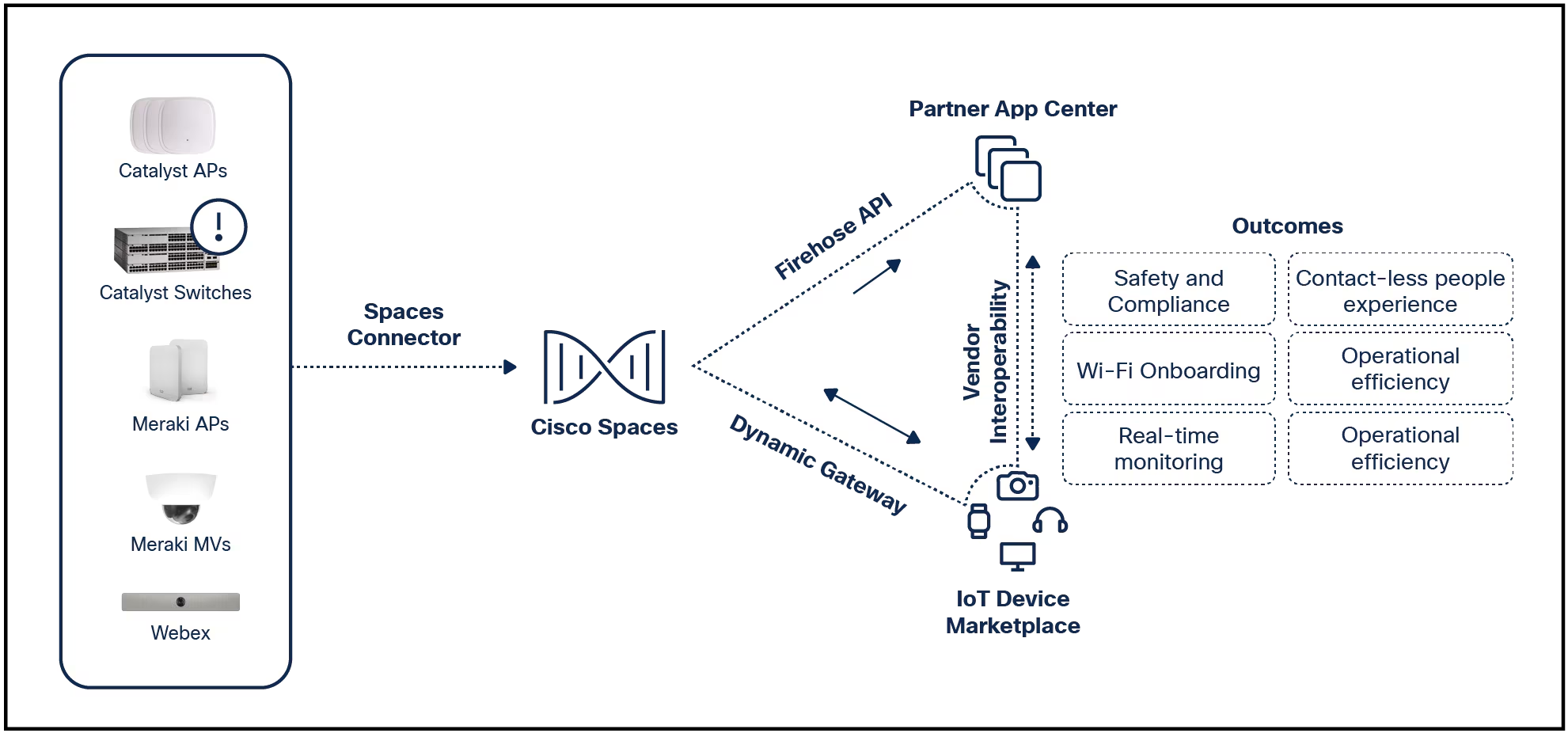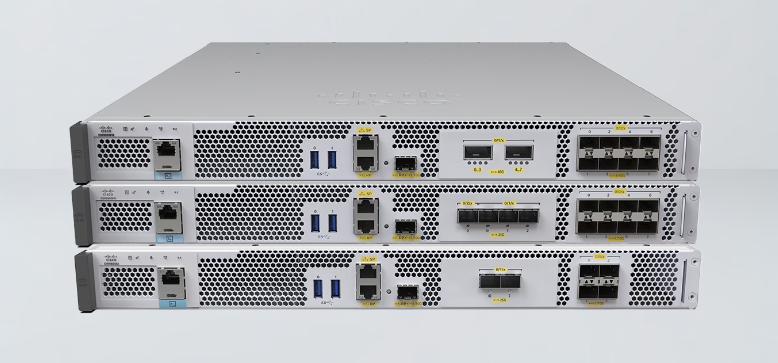































Wireless technology has been a critical part of every mine site for years. However, choosing which type of wireless has become more complex with the choices of Wifi, LTE, 5G, LoRaWAN, and multiple fixed wireless or mesh options. This document will position each of these technologies for their most valuable use cases so that you're not frustrated by using the wrong tool for the job you have.
The wireless technology that is most widely deployed in mining today is Wifi. It is a natural choice because so many of the devices we use every day depend on Wifi for connection. This works well for all IT and OT applications like workflow management, asset management, and many more. As control system elements and measurement devices started to go wireless, most of these are produced with Wifi radios built in.
Wifi is relatively inexpensive and doesn't require any special spectrum license to operate. This makes it easy to deploy initially, but we've seen a few challenges start to emerge. Because Wifi operates above 1GHz in the RF spectrum, it can carry a lot of data but it doesn't go very far. If you need to cover a large mine site, you will need hundreds of access points to get into every corner. If you are connecting from something that moves then your application will need to be okay with the disruptive handoff between access points as well.
These two requirements of coverage and seamless handoff start to push mine operators toward other wireless technologies and this is what we'll talk about next.
The first technologies that became popular leverage much of the Wifi technology, but they change some fundamental components that prevent seamless handoff. One company that did this well started in Italy under the name Fluidmesh and they've demonstrated seamless handoff at speeds that exceed 200km/h with zero dropped packets. It can carry a lot of data including video for remote-control applications or geological data transfer to and from the mine face. The challenge of coverage is similar to Wifi, but it provides bullet proof handoff between access points and has a lot of data capacity.
As wireless proved more and more useful, mining companies were looking for ways to cover as much of the mine as possible. LTE and 5G have large coverage areas, work well for a large number of devices, and have moderate to high data capacity depending on the nature of the deployment. This sounds like exactly what's needed. Unfortunately, they are complex systems that cost millions of dollars to deploy just one service provider tower. Transforming these large systems into a mining environment is not simple and in most cases, mine sites need to aquire an operating license from the communications regulator in the area. Several mining companies have decided the benefits outweigh the challenges of LTE and are learning a lot about where it fits their operation and where it struggles.
LoRaWAN also provides coverage to large areas and is a great fit for sensors that need long battery life and only transmit small intermittent data streams. Cisco and others have packaged this technology into a simple service that is easy to deploy with a growing collection of sensors. There is no license to aquire it and the costs to deploy are very low. Even if other wireless technologies exist in the area, it may still make sense to put in a LoRaWAN system for specific use cases.
Companies like Cisco are making the deployment of these systems easier and more integrated into network operations. For example they're integrating the LTE management and security policies into the broader enterprise environment that Cisco has experience with. This is Cisco's approach in all four wireless domains mentioned earlier. Wireless is one part of the overall infrastructure and needs to be managed that way as much as possible.
There you have it, a whirlwind tour of the wireless technologies most common in mining today. Each wireless technology has an important role in mining operations and all wireless domains together are part of a larger infrastructure. Cisco views all infrastructure as an integrated architecture and believes that mining companies want to operate it that way as well.
http://cisco.com/go/mining
cs.co/miningportfolio
 Hot Tags :
Mining
Hot Tags :
Mining